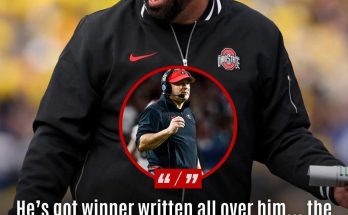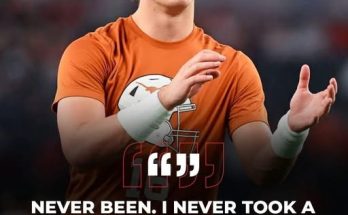The recent release of TNEW footage has sparked outrage among basketball fans and analysts alike, as it appears to show WNBA referees failing to protect Indiana Fever rookie Caitlin Clark from dangerous play, ultimately leading to her injury. The footage, which has gone viral across social media platforms, raises serious questions about the consistency and effectiveness of officiating in the WNBA, particularly when it comes to safeguarding star players from overly physical and, at times, reckless defense.
Caitlin Clark, the No. 1 overall pick in the 2024 WNBA Draft, has been one of the most electrifying talents to enter the league in years. Her deep-range shooting, court vision, and competitive fire have drawn comparisons to some of the game’s all-time greats, and her presence has already boosted attendance and television ratings. However, her rapid ascent has also made her a target for aggressive defensive schemes, with opponents often resorting to physicality to slow her down. While some contact is part of the game, the TNEW footage suggests that referees allowed excessive and unnecessary roughness to go unchecked, culminating in an injury that could have been prevented.
The footage in question captures multiple instances where Clark is hit, grabbed, and even shoved without the proper foul calls being made. In one sequence, an opposing player clearly extends an arm into Clark’s chest while she’s moving off the ball, a play that should have been whistled for an offensive foul. Instead, no call was made, and Clark was forced to play through the contact. Later in the same game, Clark is seen taking a hard screen where the defender appears to lean in with her shoulder, making little effort to set a legal pick. Again, the referees did not intervene, setting a tone that physical play against Clark would be tolerated.
The most damning moment comes when Clark drives to the basket and is met by two defenders, one of whom makes contact with her legs mid-air, causing her to land awkwardly. The replay shows that the defender was not in a legal guarding position and had no realistic chance of blocking the shot without fouling. Yet, once more, the officials remained silent. Shortly after this play, Clark was seen grimacing and holding her knee, eventually being helped to the bench. Later reports confirmed she had suffered a minor sprain, forcing her to miss several games.
What makes this situation so frustrating for fans is that it isn’t an isolated incident. Throughout the early part of the season, Clark has been subjected to an unusually high number of hard fouls, many of which have gone uncalled. Some analysts have speculated that referees may be hesitant to blow the whistle too frequently for a rookie, even one as high-profile as Clark, in an effort to avoid accusations of favoritism. Others believe that the physical play is a deliberate strategy by opponents to test Clark’s resilience and disrupt her rhythm. Regardless of the reasoning, the result is the same: a lack of protection for a player who is not just a rising star but also a major draw for the league.
The WNBA has long prided itself on its competitive intensity, and no one expects the game to be completely free of contact. However, there’s a clear difference between tough defense and reckless play that endangers players. The league has rules in place to prevent dangerous fouls, particularly those that could lead to injuries, yet the TNEW footage suggests those rules were not enforced when it came to Clark. This raises concerns about whether the league is doing enough to prioritize player safety, especially for its most marketable talents.
Comparisons have been drawn to how other superstars in basketball history were treated early in their careers. Legends like Larry Bird, Magic Johnson, and more recently, Stephen Curry, often faced increased physicality as opponents tried to counter their skill with brute force. However, in those cases, referees typically adjusted by calling tighter games, ensuring that the league’s brightest stars weren’t unnecessarily battered. The WNBA should take note—if Clark is consistently subjected to this level of contact without fouls being called, it not only risks her health but also undermines the integrity of the game.
Fans have taken to social media to express their frustration, with many calling for the league to review its officiating standards. Some have even suggested that the WNBA should implement a system similar to the NBA’s “respect for the game” rules, where excessive or unnecessary contact, particularly away from the ball, is penalized more strictly. Others argue that referees should be held more accountable for missed calls, especially when those misses lead to injuries.
The league has yet to issue an official statement regarding the TNEW footage, but the pressure is mounting. If the WNBA wants to continue its growth and capitalize on the excitement surrounding players like Caitlin Clark, it must ensure that the games are officiated fairly and that player safety is a top priority. Allowing excessive physicality to go unchecked not only risks injuries but also sends a message that the league is indifferent to protecting its stars.
In the end, basketball is a game of skill, athleticism, and strategy—not brute force. While physical defense is part of the sport, there’s a line that shouldn’t be crossed, and referees exist to enforce that line. The TNEW footage makes it clear that in Caitlin Clark’s case, that line was ignored, and the consequences were avoidable. Moving forward, the WNBA must take steps to ensure that its officials are better trained to recognize and penalize dangerous play before another player—especially one as important to the league’s future as Clark—gets hurt. The fans are watching, and they won’t accept anything less.


